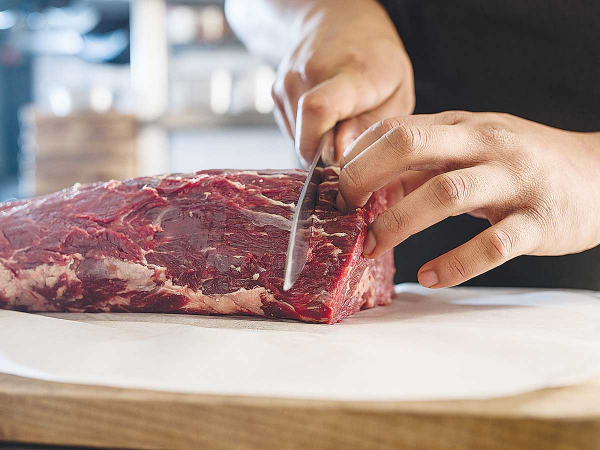[ad_1]
The world’s largest meat processor has started using a feed additive that reduces methane emissions from ruminants.
JBS says it will use Bovaer, a product from Dutch conglomerate Royal DSM, to improve the greenhouse gas balance in the beef production value chain.
The feed additive is also being tested on New Zealand farms in a Fonterra / DSM partnership.
Fonterra says it is testing whether Bovaer, which reduces methane emissions from cows in non-pasture-based farming systems by over 30%, can do the same in New Zealand’s pasture farming systems.
The additive is a synthetic chemical compound called 3-NOP, which has been studied for many years in cows that are fed in pylons.
In Australia, Bovaer was recently evaluated as part of a project funded by Meat and Livestock Australia to reduce methane emissions in Australian feedlot operations.
DSM plans to launch the product in Australia early next year. Bovaer is said to have developed over 10 years, with 45 agricultural trials in 13 countries on four continents resulting in more than 48 peer-reviewed studies published in independent scientific journals.
In September, Brazil was the first market to grant full approval for Bovaer.
Bovaer is added to animal feed. A quarter of a teaspoon of the additive per animal per day inhibits the enzyme that activates methane gas production in the ruminant’s stomach. According to the DSM, the effect can be felt immediately. However, if use is interrupted, methane gas emissions are completely resumed.
DSM and JBS will jointly develop the implementation of Bovaer in the production chain. The aim is to promote change in the global beef industry through nutrition and a safe way to reduce methane emissions.
“We are developing a major action plan to reduce the company’s overall carbon footprint, and this partnership with DSM will add not only to our plans but to the entire sector on this complex issue of methane emissions,” said Gilberto Tomazoni, global CEO from JBS.
In order to achieve this goal on a global level, an end-to-end program is being developed to test the addition in the operation of JBS. First, the nutrient solution is provided in cattle fattening. After six months, the tests will expand to a second market, which could be either Australia or the United States, two of JBS’s largest global offices.
The plan includes the development of methodologies for the creation of assessment tools throughout the JBS chain cycle, with technical participation from higher education and research institutions.
[ad_2]

